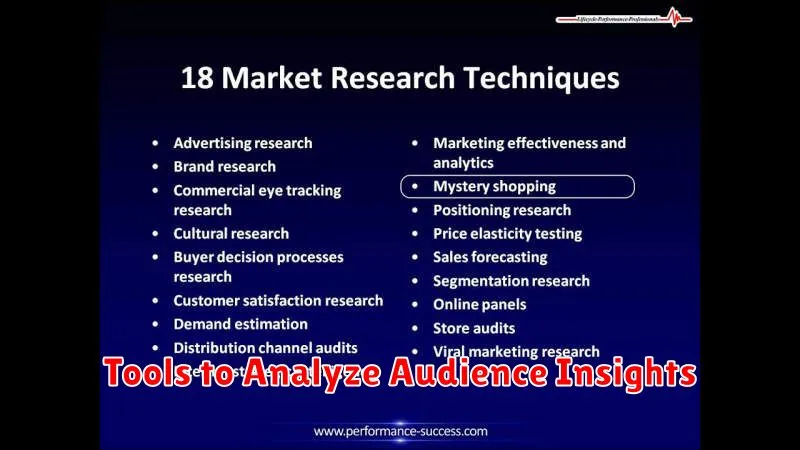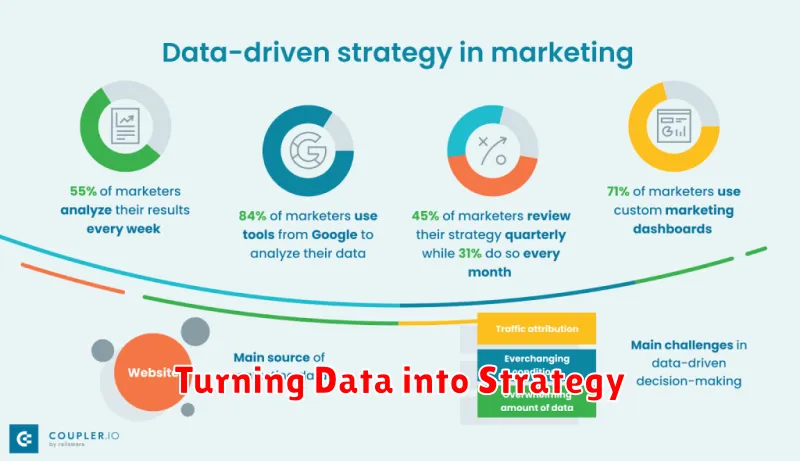In today’s dynamic and competitive market landscape, understanding consumer behavior and market trends is paramount to the success of any marketing campaign. Market research plays a crucial role in providing the necessary insights to shape effective campaign strategies. By undertaking comprehensive market research, businesses can identify target audiences, understand their needs and preferences, and tailor their campaigns for maximum impact. This crucial process mitigates risks, optimizes resource allocation, and ultimately enhances the return on investment. A well-executed campaign plan, grounded in robust market research, provides a solid foundation for achieving marketing objectives and driving business growth.
This article will delve deeper into the integral role of market research in campaign planning. We will explore the various stages of market research, from defining objectives and identifying target audiences to choosing the appropriate research methodologies and analyzing the collected data. Understanding the diverse facets of market research enables marketers to develop data-driven campaign plans that resonate with their target audiences, deliver compelling messages, and achieve desired outcomes. By implementing the principles outlined in this article, businesses can harness the power of market research to optimize their campaign planning processes and drive impactful results.
How Research Guides Marketing Decisions
Market research plays a crucial role in guiding effective marketing decisions. Data-driven insights inform every stage of campaign development, from identifying target audiences to crafting compelling messages.
Research helps define the ideal customer profile, understanding their needs, preferences, and behaviors. This knowledge allows marketers to tailor messaging and channel selection for maximum impact.
Furthermore, research mitigates risk by testing campaign elements before launch. This includes assessing ad creatives, messaging, and target audience segmentation, enabling data-backed adjustments for optimized performance.
Types of Market Research You Should Use
Understanding your target audience is crucial for effective campaign planning. Market research provides the necessary insights to shape your strategies and achieve your goals. Several types of market research can be employed, each offering unique benefits.
Primary research involves gathering original data directly from your target audience. This can include surveys, interviews, and focus groups. Secondary research, on the other hand, utilizes existing data from sources like industry reports, government publications, and competitor analyses.
Within these categories, you can choose methods like quantitative research to gather numerical data and analyze statistical trends, or qualitative research to explore attitudes and motivations in depth.
Tools to Analyze Audience Insights

Leveraging the right tools is crucial for effectively analyzing audience insights. Several platforms and software solutions offer robust capabilities for this purpose.
Social media analytics platforms provide valuable data on audience demographics, interests, and online behavior. These tools can track engagement metrics and identify trending topics within your target audience.
Survey platforms allow you to collect firsthand data by directly asking your audience specific questions. This provides valuable qualitative insights into their preferences, needs, and pain points.
Web analytics tools track website traffic and user behavior, offering insights into content consumption patterns and popular pages. This data can inform content strategy and website optimization.
Turning Data into Strategy

Market research provides the raw materials, but it’s the strategic interpretation of this data that fuels effective campaigns. This process involves transforming observations and insights into actionable strategies.
Key areas to consider include identifying your target audience’s needs and preferences, analyzing competitor strategies, and understanding market trends. This analysis informs decisions regarding messaging, channel selection, and campaign timing.
By aligning data-driven insights with campaign objectives, marketers can develop targeted and impactful strategies that resonate with their intended audience and achieve measurable results.
Case Studies: What Worked and Why
Examining successful campaigns reveals the impact of robust market research. One case involved a struggling beverage company. Initial research identified a gap in the market for healthier, naturally flavored drinks. Subsequent product development and targeted marketing, informed by this research, led to a significant increase in sales and brand awareness.
Another example features a tech startup that utilized focus groups to refine its software interface. Feedback on usability and desired features allowed the company to tailor its product to meet specific user needs. This customer-centric approach, driven by market research, resulted in high user satisfaction and positive reviews, driving early adoption and market penetration.

